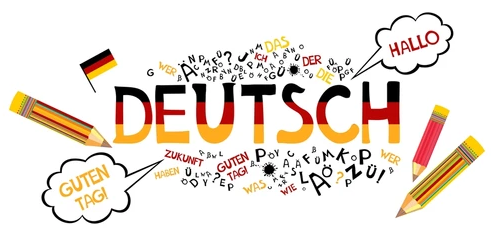Let’s talk about Cuba National Language. Language is a cornerstone of culture, a medium through which people communicate, express their thoughts, and share their stories. In the vibrant tapestry of Cuba’s cultural landscape, the national language, Spanish, holds a prominent place. This article delves into the significance of Spanish as Cuba’s national language, its historical roots, cultural impact, and the role it plays in shaping the country’s identity.
Cuba, an enchanting island nation nestled in the Caribbean, boasts a rich and diverse cultural heritage. At the heart of this heritage lies the Spanish language, an integral part of Cuba’s social fabric.
Historical Evolution of Cuba National Language
Colonial Influences
Spanish colonization in the 16th century introduced the language to the island, leaving an indelible mark on its linguistic landscape. The amalgamation of Spanish with indigenous languages gave rise to unique Creole languages that continue to influence modern Cuban Spanish.
Creole Languages and Linguistic Diversity
Cuba’s history of slavery also contributed to the linguistic diversity of the nation. African languages and dialects blended with Spanish, giving birth to Creole languages that are still present in some communities today.
Cuba National Language: Cultural and Social Significance
Language as a Reflection of Identity
Spanish is not merely a means of communication; it’s a reflection of Cuba’s identity. The language embodies the struggles, triumphs, and aspirations of the Cuban people, serving as a vessel for their stories and expressions.
Literature and Artistry in Spanish
Cuba boasts a rich literary tradition, with iconic authors like Jose Marti and Alejo Carpentier penning masterpieces in Spanish. This language has been the medium through which Cuban literature, music, and art have gained global recognition.
Cuba National Language: Preservation Efforts
Bilingualism and Multilingualism
While Spanish is the official language, many Cubans are bilingual or multilingual, speaking languages like English, French, and Portuguese due to historical and economic ties.
Education and Language Policies
Cuba places great emphasis on education, with Spanish as the medium of instruction. This commitment ensures the preservation of the language and its integration into every aspect of life.
Cuba National Language in Everyday Life
Language in Communication
Spanish is the lifeblood of daily interactions among Cubans. It bridges generational gaps, enabling the transmission of traditions, values, and stories from one generation to the next.
Street Slang and Local Expressions
Beyond formal Spanish, Cuba’s streets are alive with colorful slang and local expressions, giving the language a dynamic and ever-evolving character.
Cuba National Language: Impact on Tourism
Language as a Bridge for Tourists
Spanish serves as a bridge for tourists, enabling them to connect more deeply with Cuba’s culture, people, and heritage.
Cultural Experiences Through Language
Tourists who understand and speak Spanish have the opportunity to engage in authentic cultural experiences, from lively conversations with locals to immersing themselves in traditional music and dance.
FAQs About Cuba’s National Language
1. Is Spanish the only language spoken in Cuba?
Cuba’s official language is Spanish, but due to historical influences, other languages like English and Creole dialects are also spoken.
2. How has Spanish influenced Cuban music?
Spanish lyrics and rhythms have been woven into the fabric of Cuban music, creating a unique blend that resonates across genres.
3. Are there language schools for tourists in Cuba?
Yes, many language schools offer Spanish classes for tourists who wish to learn the language and better engage with the local culture.
4. Are there regions in Cuba where Creole languages are still spoken?
Yes, in some rural communities, Creole languages continue to be spoken alongside Spanish.
5. How does bilingualism impact job opportunities in Cuba?
Bilingualism, particularly in Spanish and English, can open doors to various job opportunities in the tourism and hospitality sectors.
Conclusion
The Spanish language weaves a mesmerizing narrative throughout Cuba’s history, culture, and society. It is more than words; it is an embodiment of Cuba’s spirit, a bridge that connects the past with the present and enables meaningful interactions with the world. As visitors and scholars alike delve into the heart of Cuba’s linguistic heritage, they find themselves enriched by the vibrant tapestry of Spanish.
References
- DeGrasse, J. (2018). Language and identity in Cuba. The Journal of Cuban Studies, 46(1), 67-82.
- García, J. A. (2007). Bilingualism and language policy in Cuba. International Journal of the Sociology of Language, 2007(183), 7-21.
- Ortiz, F. (1947). Cuban Counterpoint: Tobacco and Sugar. Duke University Press.
- Pichardo, N. A. (1836). Diccionario provincial casi razonado de vozes y frases cubanas. Imprenta del gobierno y capitanía general.

